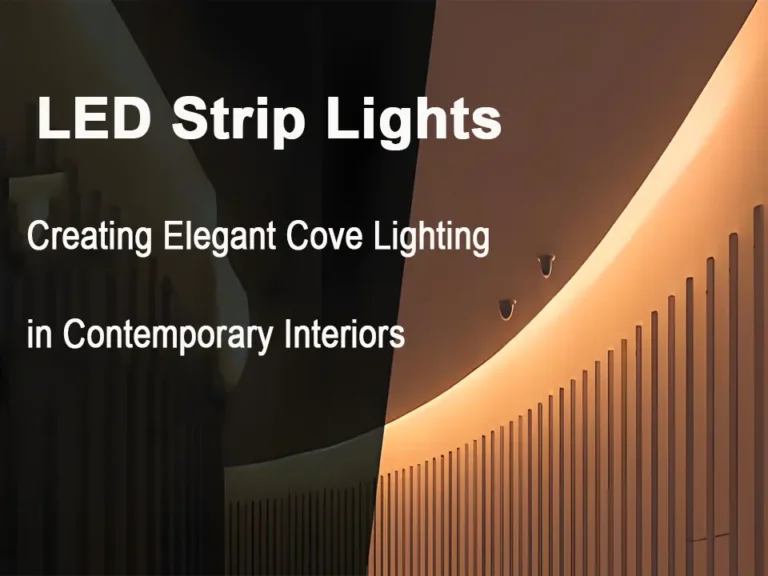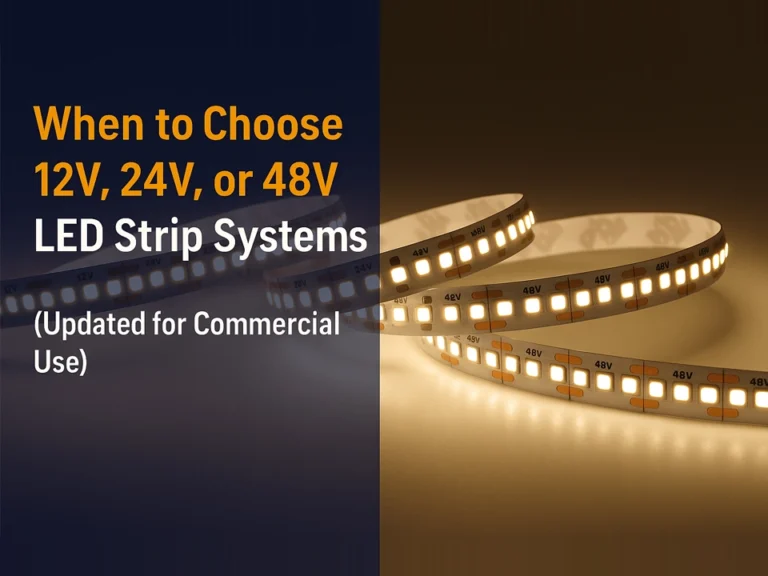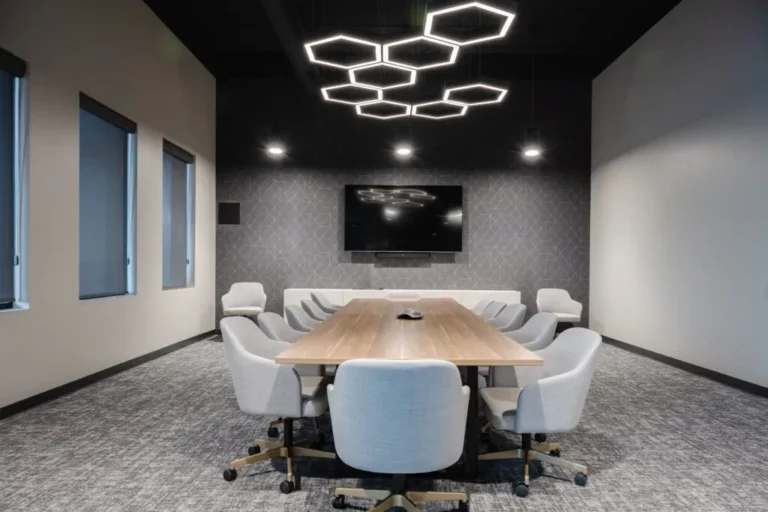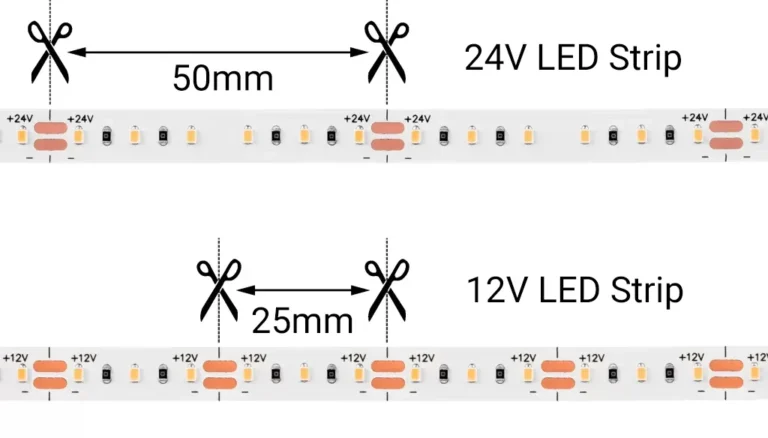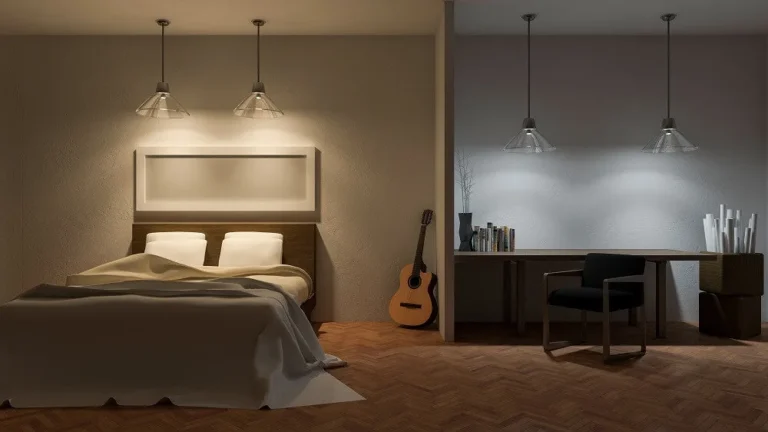Đèn LED dải 12V là cách đơn giản và giá cả phải chăng để thêm ánh sáng tạo điểm nhấn cho không gian của bạn. Những dải linh hoạt này, còn được gọi là đèn LED ruy băng, dễ dàng lắp đặt trên nhiều bề mặt. Chúng phát ra ánh sáng mềm mại, mịn màng và an toàn khi sử dụng ở những khu vực nhỏ. Công suất DC 12V thấp giúp chúng tiết kiệm năng lượng và giúp đèn mát. Nhiều người sử dụng chúng để chiếu sáng dưới tủ, kệ, ánh sáng cove, v.v. Chúng cũng hoạt động tốt trên ô tô và thuyền.
Trong bài viết này, chúng tôi sẽ hướng dẫn bạn cách cấp nguồn cho dải LED của bạn đúng cách và giải thích các cách khác nhau để kết nối chúng để có kết quả chiếu sáng tốt nhất.
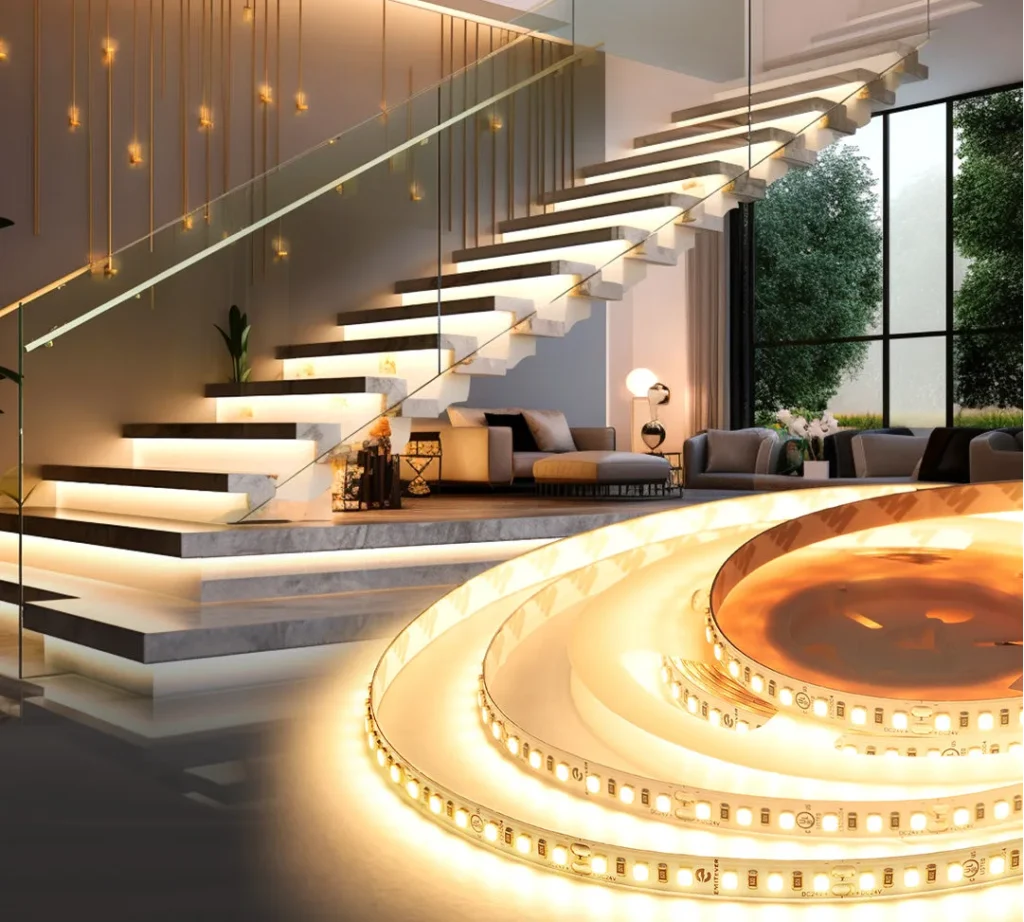
Những điều cơ bản của dải đèn LED linh hoạt 12V là gì?
Dải đèn LED linh hoạt 12V là dải ánh sáng với đế có thể uốn cong. Họ thường sử dụng 5050 đèn LED. Con số này đề cập đến kích thước của chip LED. Đèn LED 5050 sáng, chạy mát và thường được sử dụng. Một loại khác là 3528 đèn LED, nhưng chúng nhỏ hơn và không sáng như vậy. Các loại đèn LED lớn hơn cho nhiều ánh sáng hơn nhưng có giá cao hơn và có thể bị nóng, vì vậy cần phải làm mát thêm.
Những dải này có các tông màu trắng khác nhau như 3000K (trắng ấm), 4000K (trắng trung tính), và 6500K (trắng mát). Bạn cũng có thể chọn các dải màu đỏ, vàng, xanh lá cây, xanh lam hoặc RGB để thay đổi màu sắc. Kiểm tra ở đây.
Nếu bạn chọn dải đèn LED màu trắng, có hai tùy chọn mật độ. Mật độ có nghĩa là có bao nhiêu đèn LED trên dải trên mỗi mét. Loại tiêu chuẩn có 30 đèn LED trên mỗi mét (150 đèn LED mỗi cuộn) và cho khoảng 540 lumen trên mỗi mét. Loại mật độ cao có 60 đèn LED trên mỗi mét (300 đèn LED mỗi cuộn) và cho khoảng 1080 lumen mỗi mét.
Nếu bạn cần ánh sáng rất sáng cho các nhiệm vụ, dải mật độ cao là lựa chọn tốt hơn. Nếu bạn chỉ muốn ánh sáng mềm mại để trang trí, thì tiêu chuẩn là đủ. Nó cũng ít tốn kém hơn và không quá sáng. Xin lưu ý rằng các dải mật độ cao sử dụng nhiều năng lượng hơn. Chúng tôi sẽ giải thích cách cung cấp năng lượng cho chúng dưới đây.
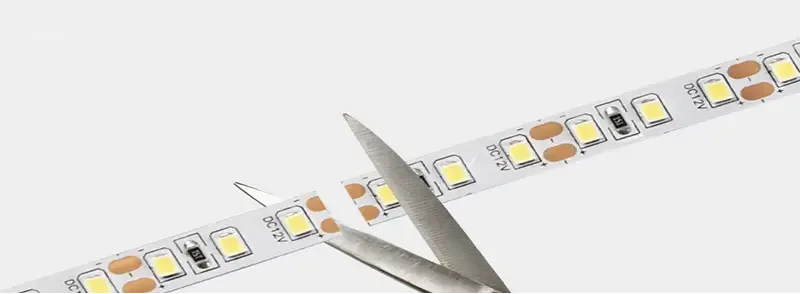
Mỗi dải đèn LED 12V thường đi kèm với một cuộn 5 mét (16,4 feet). Tại Signitel, chúng tôi cũng cung cấp các tùy chọn ngắn hơn, chẳng hạn như 3, 6, 9 và 12 feet. Bạn có thể cắt các dải tại các điểm được đánh dấu. Các dải mật độ tiêu chuẩn có thể được cắt sau mỗi 4 inch và các dải mật độ cao cứ sau 2 inch. Bạn có thể thêm các đầu nối sau khi cắt để nối các dải một cách dễ dàng.
Các dải linh hoạt này dễ dàng cài đặt. Chúng có băng dính ở mặt sau và có thể dính vào bề mặt phẳng hoặc cong. Một lớp silicone giúp bảo vệ chúng khỏi nước. Sử dụng dải đèn LED 12V có thể tiết kiệm thời gian và chi phí dự án thấp hơn.
Nhiều người dùng phải đối mặt với hai vấn đề phổ biến:
- Không chắc chắn để chọn nguồn điện nào.
- Không biết cách kết nối nhiều dải.
Dưới đây, chúng tôi sẽ chia sẻ một số mẹo đơn giản giúp bạn cấp nguồn cho dải đèn LED đúng cách.
Làm thế nào để cấp nguồn cho dải đèn LED?
Cần có đầu vào 12VDC không đổi cho các dải này. Điều duy nhất bạn cần biết về việc tìm nguồn cung cấp cho các dải LED của bạn là công suất. Các thông số kỹ thuật dưới đây liệt kê công suất cho cả đèn dải mật độ cao và tiêu chuẩn. Điều này sẽ giúp bạn tìm ra công suất của hệ thống một cách dễ dàng và sau đó chọn nguồn điện phù hợp.
| Chiều dài (ft.) | Chiều dài (mét) | Công suất (30 đèn LED / m) | Công suất (60 đèn LED / m) |
| 1 | 0.3048 | 2.4 | 4.8 |
| 2 | 0.6096 | 4.8 | 9.6 |
| 3 | 0.9144 | 7.2 | 14.4 |
| 6 | 1.8288 | 12.15 | 20.8 |
| 9 | 2.7432 | 22.05 | 33.6 |
| 12 | 3.6576 | 22.05 | 33.6 |
| 16.4 (Cuộn dây đầy đủ) | 5 | 27 | 40 |
Tính công suất, ví dụ #1: Vì vậy, hãy tưởng tượng bạn chỉ có chiều dài khoảng 20 feet mà bạn cần phải trải trong một lần chạy vững chắc với các dải mật độ tiêu chuẩn. Điều này sẽ đạt được bằng cách sử dụng một cuộn đầy đủ và sau đó thêm 4 feet với một đầu nối không có khoảng trống. Sử dụng bảng trên, chúng ta có thể tìm thấy điều này.
Công suất = công suất cuộn đầy (tiêu chuẩn) + 3ft. Công suất + 1ft. công lợi
Công suất = 27 watt + 7,2 + 2,4
Công suất = 36,6 watt
Bạn thường muốn cung cấp một số đệm giữa công suất của bạn và công suất định mức của nguồn điện. Với ứng dụng này, bạn nên tìm một nguồn điện 12V có khả năng ít nhất 40 watt.
Tính công suất, ví dụ #2: Lấy ví dụ bạn muốn chạy 18 feet dải LED mật độ cao cho một ứng dụng khác.
Công suất = cuộn đầy (mật độ cao) x 2ft. công lợi
Công suất = 40 + 9,6
Công suất = 49,6 watt
Đối với ứng dụng này, tôi sẽ gắn bó với nguồn điện 50 watt ít nhất. Hãy nhớ rằng chúng tôi muốn cung cấp cho nguồn cung cấp một chút đệm để bạn an toàn hơn khi chọn nguồn điện 60 watt.
Các tùy chọn cho nguồn điện LED là gì?
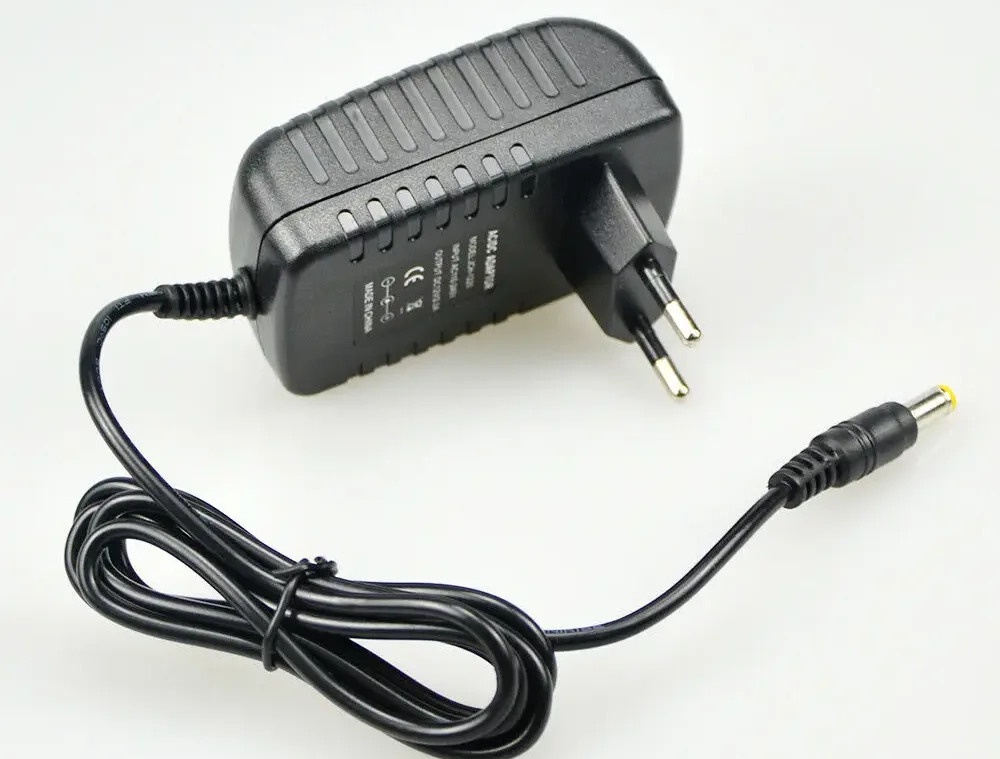
Tùy chọn đầu tiên sẽ là đi với một cục gạch nguồn. Mụn cóc trên tường hoặc nguồn điện để bàn sẽ cắm trực tiếp vào ổ cắm trên tường của bạn và chuyển điện áp đường dây xuống 12VDC cho các dải. Điều này rất hữu ích cho các ứng dụng nhỏ hơn hoặc ở những nơi bạn có ổ cắm ẩn không nằm ngoài đường. Nó chắc chắn giúp hệ thống dây dễ dàng hơn vì bạn chỉ cần cắm vào và không phải kết nối dây trực tiếp với các đường dây chính.
Điều này đưa chúng ta đến lựa chọn thứ hai, một nguồn điện có dây kết nối thẳng với các đường dây 120VAC và sau đó xuất ra điện áp DC thấp an toàn cho các dải của bạn. Những nguồn cung cấp năng lượng này thường có kích thước rời hơn và có thể dễ dàng ẩn trong các bức tường hoặc bất cứ nơi nào cần thiết. Nguồn cung cấp khung mở, lồng cũng thường nằm trong danh mục này và rất hữu ích với các cổng đầu cuối vít của chúng để kết nối dễ dàng và nhiều cổng. Đây chắc chắn là một cái nhìn chuyên nghiệp hơn là chỉ cắm thẳng vào tường nhưng nó sẽ yêu cầu bạn phải có sẵn các đường dây chính bên đèn của mình.
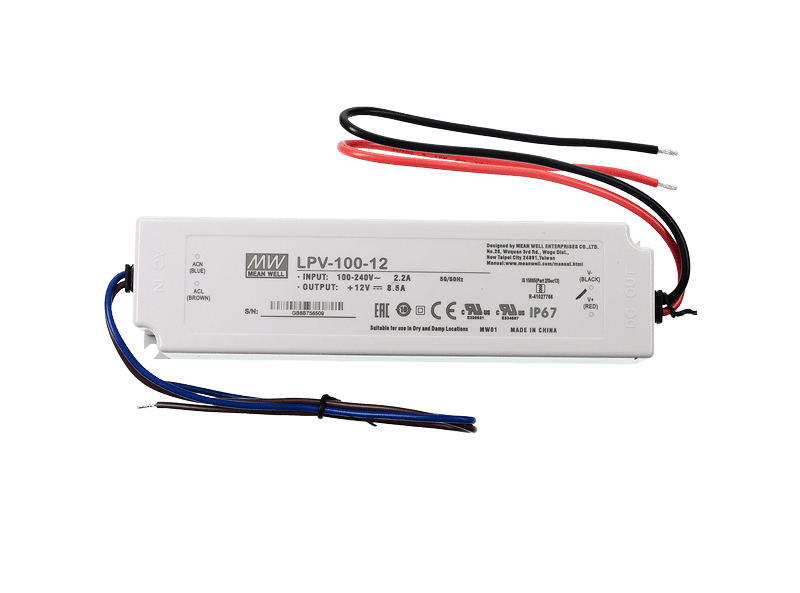
Làm thế nào để đấu dây đèn LED dải?
Nguồn điện cắm: Đa số sử dụng phích cắm nòng nam 2.1mm. Nếu dải của bạn đi kèm với phích cắm nữ 2,1mm, chỉ cần nhấp vào bộ chuyển đổi để vừa vặn an toàn. Đối với các dải ngắn hơn, hãy sử dụng đầu nối đầu cuối vít (2,1mm đực).
Nguồn điện có dây cứng: Không có phích cắm ở đây! Nếu dải của bạn có phích cắm nữ, hãy gắn một đầu nối vít nam 2,1mm vào dây cấp điện. Ngoài ra, hãy tháo đầu nối của dải và trực tiếp hàn / dây đai.
Cách kết nối nhiều dải với một nguồn điện
Cần cấp nguồn cho nhiều dải? Hãy thử các tùy chọn này:
Thiết lập trình cắm: Sử dụng cáp chia dải LED. Cắm cả hai dải vào bộ chia, sau đó kết nối với bộ chuyển đổi nguồn. Bộ chia có thể hỗ trợ tối đa 4 dải!
Thiết lập cứng: Liên kết tất cả các dây dải (dương tính / âm) với dây đầu ra của nguồn điện bằng cách sử dụng đai ốc hoặc hàn.
Hãy cho chúng tôi biết nếu bạn cần thêm trợ giúp!
điện áp rơi là gì và làm thế nào để tránh nó?
Một cân nhắc rất quan trọng thường bị bỏ qua với các dải uốn này là ảnh hưởng của sự sụt giảm điện áp. Trong mạch điện một chiều, điện áp sẽ giảm dần khi nó đi qua dây (hoặc dải LED). Nói một cách đơn giản, với mỗi chân dây, điện áp có sẵn cho mỗi chân giảm theo chiều dài của dây. Điều này sẽ ảnh hưởng đến các dải mật độ tiêu chuẩn muốn dài hơn 32 feet và dải mật độ cao muốn dài hơn một cuộn đầy đủ (16,4 feet). Nếu bạn đi dài hơn các độ dài này, các dải sẽ bị ảnh hưởng và sẽ không hoạt động bình thường, vì vậy bạn không thể xâu chuỗi các dải dài hơn 32 cho mật độ tiêu chuẩn và 16,4 cho mật độ cao.
Để ngăn chặn sự sụt giảm điện áp, bạn sẽ muốn chia các dải LED chạy dài thành các độ dài ngắn hơn. Sau đó, độ dài ngắn hơn có thể kết nối song song từ nguồn điện. Có một số cách khác nhau mà bạn có thể thực hiện điều này, hãy xem các thiết lập hệ thống dây điện khác nhau bên dưới.
Hệ thống dây điện #1: Chạy nhiều đèn dải song song
Bạn muốn lắp đặt liên tục các dải LED dài 60 feet bên dưới quầy bar để chiếu sáng điểm nhấn. Vì thời gian chạy dài nhất mà bạn có thể thực hiện là 32 feet, bạn sẽ cần phải chia nó thành ít nhất 2 chiều dài. Để thực hiện hai phần bằng nhau, bạn nên chạy hai dải với tốc độ 30 feet mỗi phần. Chạy dải đầu tiên thẳng từ nguồn điện. Chạy một bộ dây song song đến điểm mà dải đầu tiên kết thúc để cấp nguồn cho dải thứ hai.

Dây #2: Nguồn điện ở giữa
Đây là một cách tiếp cận tuyệt vời nếu bằng cách nào đó bạn có thể đặt nguồn điện của mình ở giữa một đoạn dài mà bạn cần chạy. Bằng cách này, nó cắt giảm thêm chiều dài dây vì bạn có thể chia đôi và chỉ cần chạy cả hai dải theo hướng ngược lại từ nguồn.

Dây #3: Sử dụng nhiều nguồn điện
Đôi khi, thay vì chạy dây dài và tách dây đi từ nguồn điện, khách hàng sẽ chọn sử dụng nguồn điện riêng biệt ở các khu vực khác nhau. Điều này hoạt động rất tốt nếu bạn có thể cung cấp năng lượng ở những nơi cụ thể mà bạn cần chúng, nhưng đó là phần khó khăn.
Những bộ phận nào hữu ích để kết nối các dải LED với nguồn điện?
Điều này sẽ giúp bạn có được nhiều đèn LED để thiết lập đèn LED với thiết lập hệ thống dây điện và nguồn điện phù hợp. Giống như mọi khi, chúng tôi muốn để lại cho bạn một số phần hữu ích sẽ thực sự giúp các dải kết nối với nhau dễ dàng hơn rất nhiều.
Bộ chia dải LED: Các đầu nối LED này giúp bạn có thể cắm một nguồn điện và kết nối nhiều đèn LED chạy nó bằng một kết nối phích cắm đơn giản. Chúng có sẵn trong các tùy chọn màu RGB và đơn màu và có sẵn trong hai, ba và bốn kết nối đầu ra.
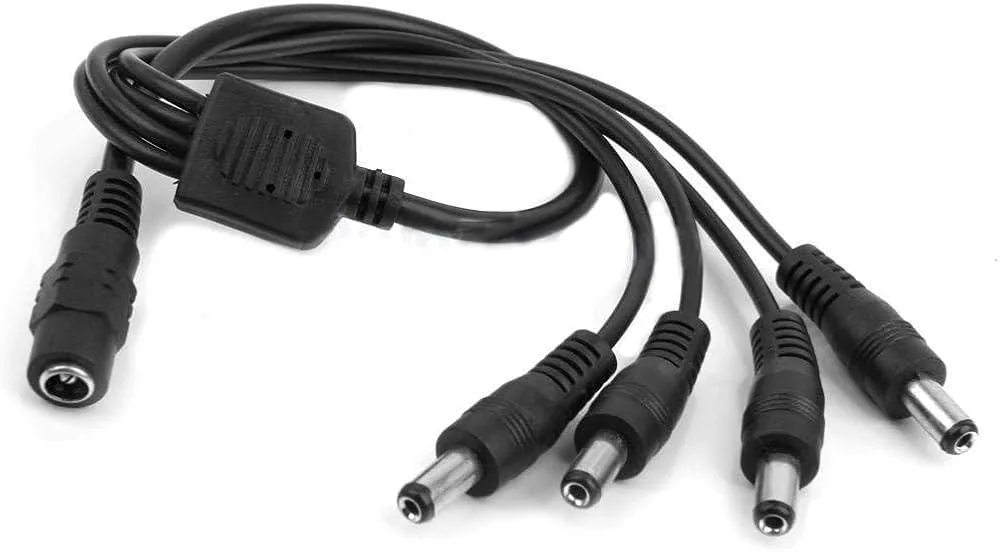
Đầu nối đầu nối vít: Các đầu nối nhỏ này rất tiện dụng khi bạn cần tạo kết nối chắc chắn giữa hai bộ dây. Chỉ cần một đầu nam và nữ, hãy vặn các kết nối dây của bạn cho cả hai và cắm vào dễ dàng. Cũng hoạt động khi bạn cần chuyển từ dây dẫn sang phích cắm 2,1 hoặc 2,5mm.
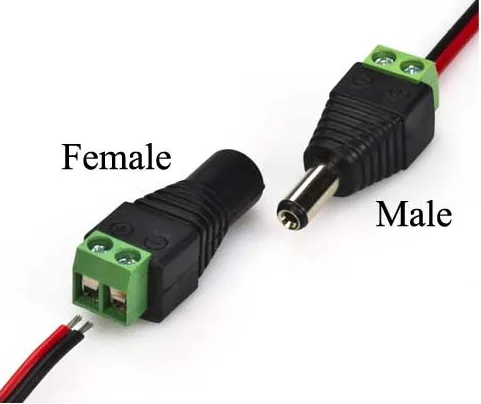
Đầu nối dải LED EZ: Các đầu nối này gắn ngay vào cuối các dải nơi bạn cắt chúng. Có các tùy chọn dải để dải hoặc dải để dây. Điều này giúp dễ dàng kết nối các dải LED hoặc thêm khoảng trống trong quá trình cài đặt mà không cần phải hàn.
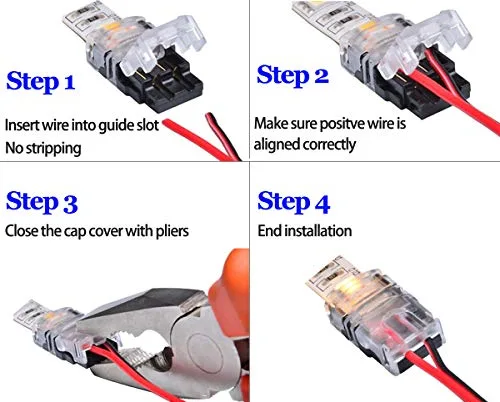
Dây nối dài cho đèn dải LED : Dây kết nối nam và nữ có thể được sử dụng để mở rộng kết nối giữa dải LED và nguồn điện. Dây có thể chống thấm nước hoặc không thấm nước, và có thể được làm như 2 pin, 3 pin hoặc 4 pin.
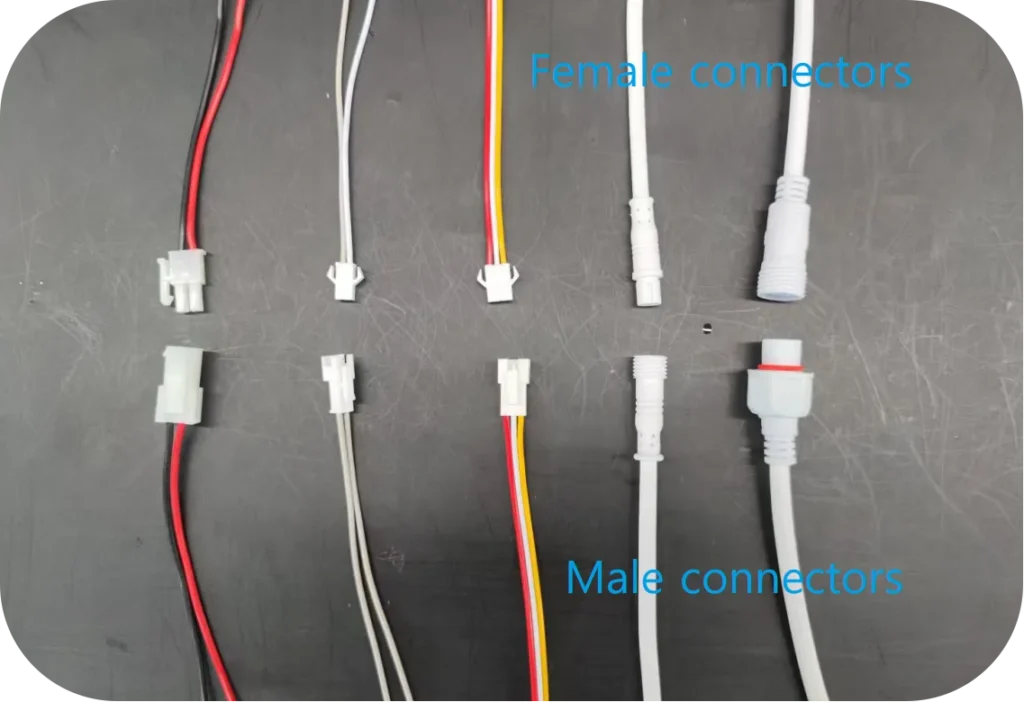
Kết nối các dải LED với nguồn điện phù hợp là chìa khóa để có được hiệu suất tốt nhất. Chúng tôi hy vọng hướng dẫn này đã giúp bạn hiểu những điều cơ bản.
Nếu bạn có bất kỳ câu hỏi hoặc cần sản phẩm đèn LED, vui lòng liên hệ với nhà máy đèn LED Signlite. Đội ngũ chuyên nghiệp của chúng tôi sẽ cung cấp cho bạn giải pháp tốt nhất trong thời gian sớm nhất.

